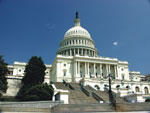 The 2013 farm bill inched forward in September and seemed headed for a House-Senate conference committee until the Congressional agenda was hijacked by major fights over the budget and raising the limit on the national debt. Little more is likely to happen until those two issues are resolved at some point in October.
The 2013 farm bill inched forward in September and seemed headed for a House-Senate conference committee until the Congressional agenda was hijacked by major fights over the budget and raising the limit on the national debt. Little more is likely to happen until those two issues are resolved at some point in October.
Before the budget impasse took center stage last week, the House rejoined the separate measures reauthorizing farm and nutrition programs into one large bill, similar in scope to the Senate bill. That prompted the Senate to reappoint its agriculture conference committee members in preparation for negotiations with the House over a final, compromise farm bill. Among the major issues to be worked out in conference are a funding level for the food stamp program (somewhere between the House’s $40 billion in cuts, and the Senate’s $4 billion), and reform of the dairy program.
In terms of dairy policy, the Senate bill, passed in June, includes a voluntary program offering producers margin insurance. Those enrolling in the program also will be subject to a market stabilization program asking them to trim production if milk supplies outstrip demand, prices fall, and margins shrink precipitously. According to an analysis by the University of Missouri, the Senate bill would have increased net farm revenue by $.55 per cwt. from 2009 through 2012, had it been in place in recent years.
The House, meanwhile, passed a weaker insurance program that does not include the market stabilization element. Most national and state dairy organizations favor the Senate provisions because the House bill will not rectify low-margin conditions, meaning that dairy farmers could face long periods of severely depressed prices.
NMPF urges dairy farmers to continue to tell lawmakers to pass a farm bill that includes the Senate dairy policy reforms. Farmers can use NMPF’s Dairy GREAT system to email Capitol Hill.
Meanwhile, some farm programs, including MILC payments, expired with the end of the fiscal year September 30. That will have little practical effect on dairy producers, since MILC payments are not expected between now and December 31. Other programs, including the dairy price support program, are authorized through the end of the calendar year.
Should Congress be unable to reach agreement on a new long-term farm bill by then, another extension of current programs is possible. In the absence of either another extension or passage of a farm bill, farm policy would revert back to the permanent law of 1949.

 The suggestions are in, and the nominees are: Dairyus, Milkdrop, and Roscow. Now it’s up to you to pick one of those three as the name for the new REAL® Seal animated cartoon character.
The suggestions are in, and the nominees are: Dairyus, Milkdrop, and Roscow. Now it’s up to you to pick one of those three as the name for the new REAL® Seal animated cartoon character.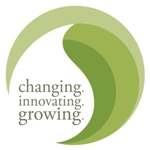 There are less than two weeks left to register for NMPF’s annual meeting at the Arizona Biltmore Hotel in Phoenix November 11 – 13. The meeting is held jointly with the National Dairy Promotion and Research Board and the United Dairy Industry Association.
There are less than two weeks left to register for NMPF’s annual meeting at the Arizona Biltmore Hotel in Phoenix November 11 – 13. The meeting is held jointly with the National Dairy Promotion and Research Board and the United Dairy Industry Association.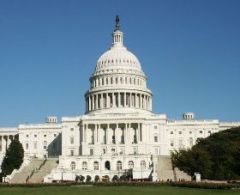 From Jim Mulhern, Chief Operating Officer, NMPF:
From Jim Mulhern, Chief Operating Officer, NMPF: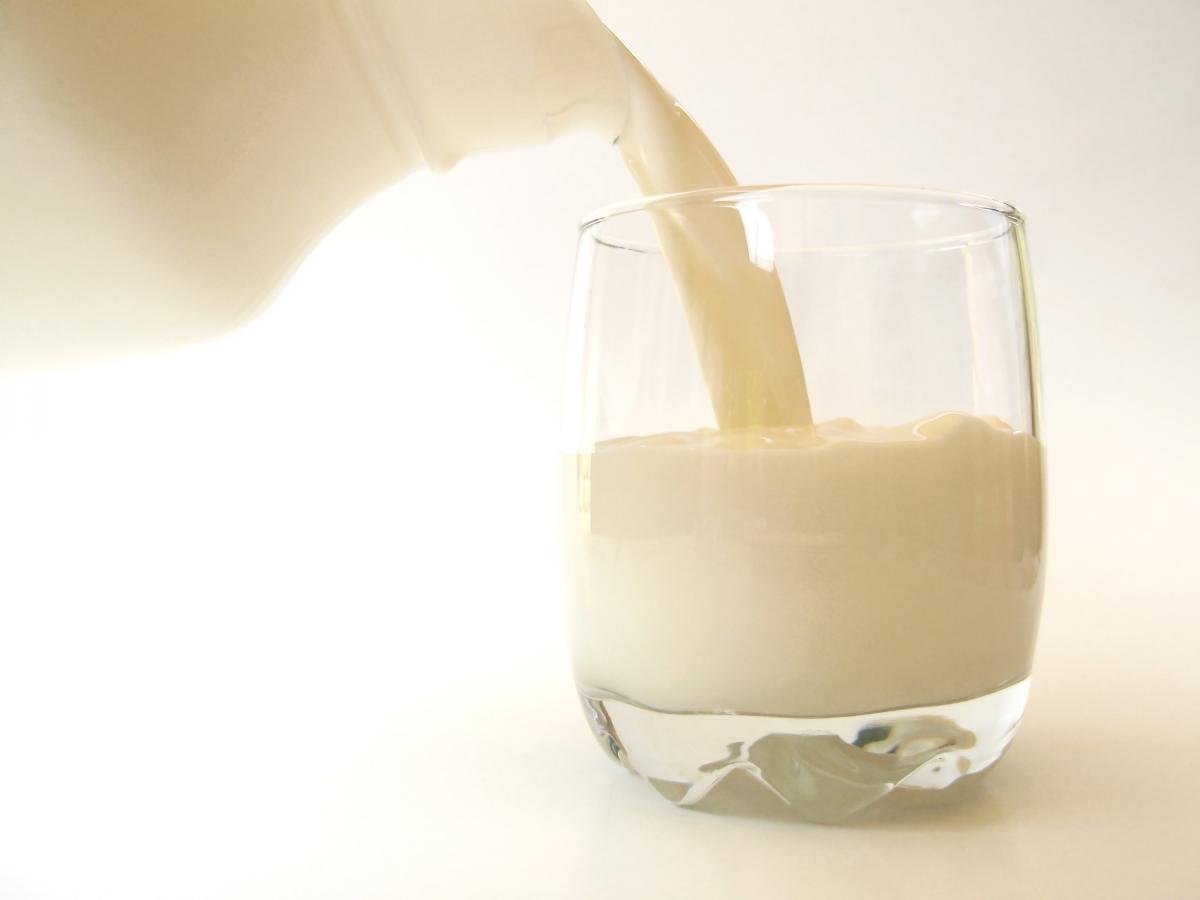 From Jim Mulhern, Chief Operating Officer, NMPF:
From Jim Mulhern, Chief Operating Officer, NMPF: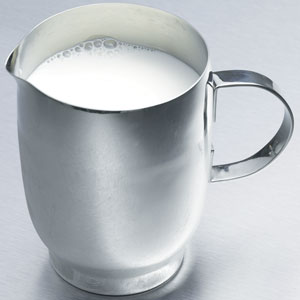 ARLINGTON, VA – For the second time in three years, organizations representing the nation’s dairy farmers and dairy companies jointly urged state lawmakers in Wisconsin to reject efforts allowing raw milk sales directly to consumers in the nation’s second-largest dairy state.
ARLINGTON, VA – For the second time in three years, organizations representing the nation’s dairy farmers and dairy companies jointly urged state lawmakers in Wisconsin to reject efforts allowing raw milk sales directly to consumers in the nation’s second-largest dairy state.



